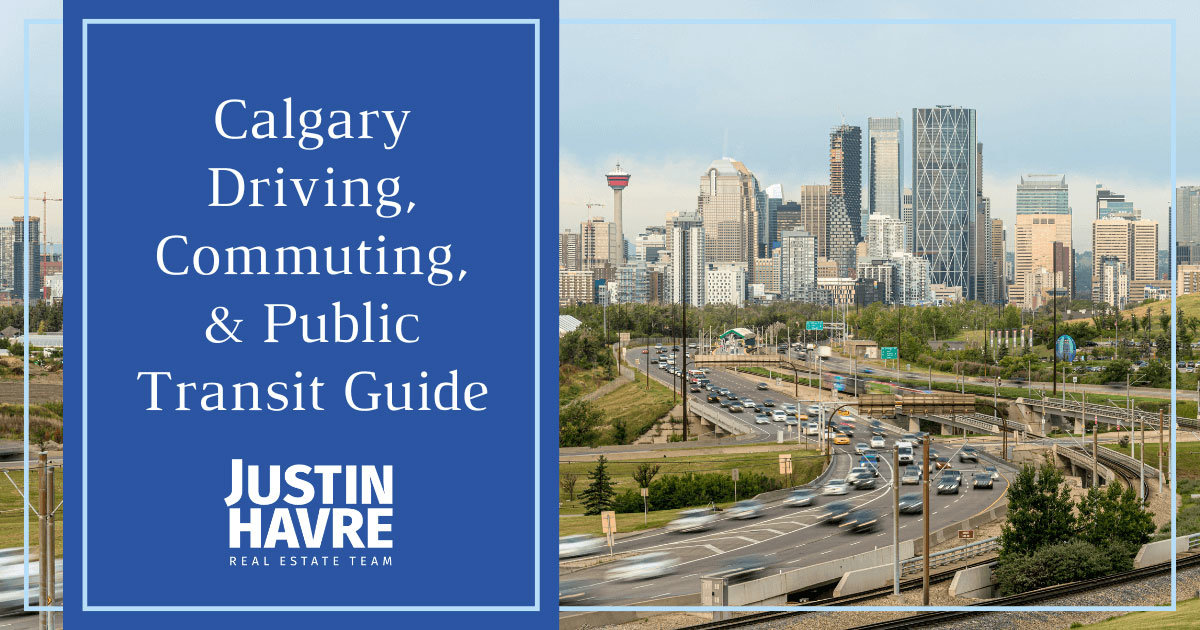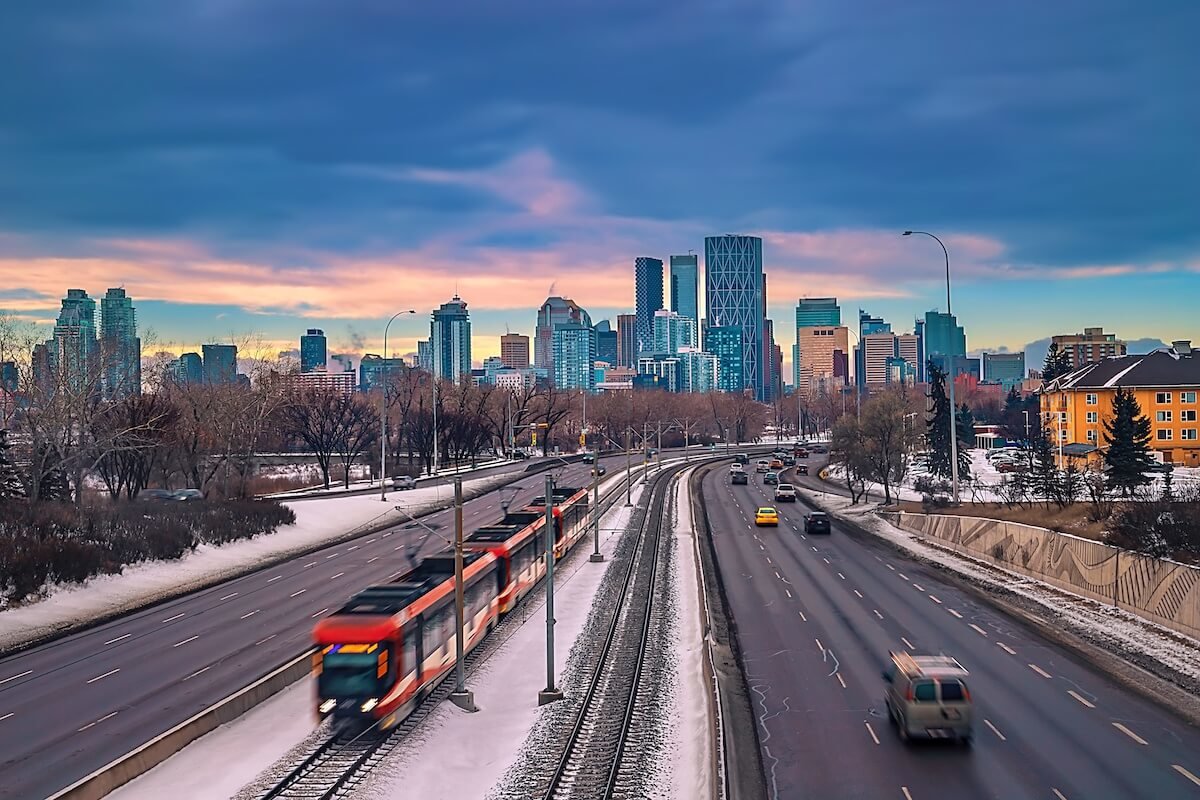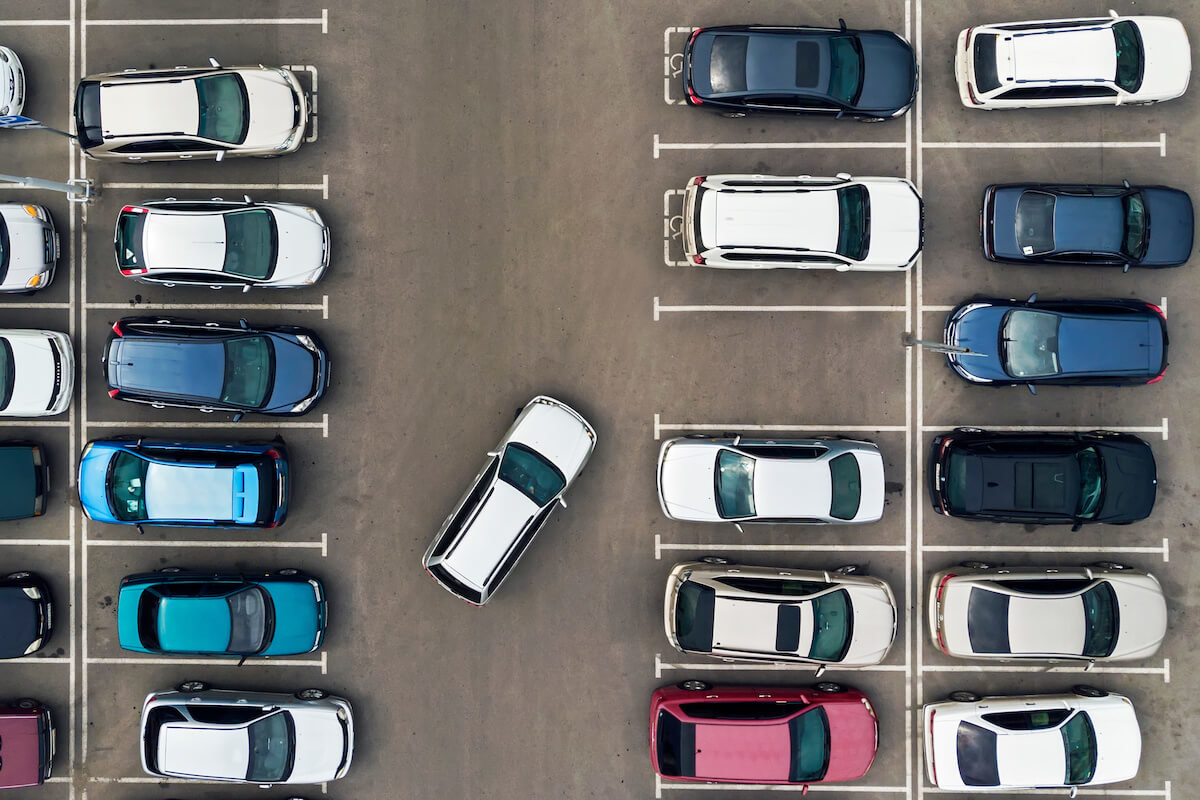Calgary Driving 101: Getting Around in Calgary Like a Pro
Posted by Justin Havre on Tuesday, April 30th, 2024 at 3:04pm.

When you’re navigating Calgary, you'll find many transportation options at your disposal. From driving and exploring the city's well-connected CTrain system to hopping on one of the many bus routes that crisscross Calgary’s best neighbourhoods, there's a method of travel suited to your preference. For commuters, navigating Calgary is simple, thanks to an extensive system of roads and highways. Learn all the details about navigating Calgary by car, train, or bus.
Main Points
- Use the major roads and highways like Stoney Trail and Deerfoot Trail to navigate Calgary efficiently.
- Familiarize yourself with the CTrain routes, including the Red Line and Blue Line, for convenient public transportation.
- Calgary Transit buses have over 160 routes, bike racks, and accessibility features for a reliable commute.
- Be mindful of parking regulations in downtown and residential areas, utilizing Park Plus machines for payment.
- Stay informed about rush hour traffic between 7:00 and 9:00 a.m. and 4:00 and 6:00 p.m. for smoother travel in Calgary.
Driving in Calgary
When driving in Calgary, be prepared for rush-hour traffic. Familiarize yourself with major roads and highways, and adhere to driving rules to ensure a smooth journey around the city. Though traffic isn’t typically as bad as other major Canadian cities, rush hour in Calgary can bring heavy traffic, so planning your routes ahead can save you time and frustration.
Understanding the speed limits, especially in school zones and neighbourhoods, is crucial for safe and legal driving practices in Calgary.
When Is Rush Hour in Calgary?
Commuters can expect traffic congestion on weekdays from 7:00–9:00 a.m. and 4:00–6:00 p.m. when most workers are headed to and from their jobs in Calgary.
Planning your travel routes to avoid these peak driving hours can help you navigate Calgary's rush hour more efficiently. Consider adjusting your travel times or exploring alternative transportation options to reduce travel time during these busy periods.
Being aware of when rush hour occurs in Calgary and taking proactive steps to manage your commute can contribute to a smoother and less stressful driving experience in the city.
Major Roads and Highways in Calgary
Key road networks, such as Stoney Trail, Deerfoot Trail, Glenmore Trail, and Crowchild Trail, help you navigate Calgary. These major highways provide efficient travel routes across the city and to Calgary’s top suburbs, connecting various neighbourhoods, districts, and towns.
Understanding the layout of these roads can help you maneuver through Calgary's streets effectively. It's essential to stay informed about Alberta road conditions, especially during winter when icy roads can pose challenges.
Make sure to adhere to licensing and insurance requirements when driving on Calgary's roads and highways. Remember that speed limits in Calgary vary, with standard limits of 100 km/h on highways, 80 km/h on main roads, 40 km/hr in neighbourhoods, and 30 km/h in school zones to ensure road safety.
Driving Laws in Calgary
Understanding and adhering to the city's driving rules are paramount to ensuring safe and compliant driving in Calgary. Calgary enforces various traffic safety guidelines to promote a secure driving environment. It's crucial to obey speed limits consistently and use turn signals when changing lanes. Avoid distractions like texting or eating while driving, and always wear a seatbelt. Be attentive to pedestrians and cyclists sharing the road, and be prepared for significant driving disruption during the largest festivals in Calgary.
Since 2021, Calgary's default speed limit on neighbourhood streets has been 40 km/hr, with specific limits for different zones. Fines double in construction areas, and speeding can result in criminal charges. Lower speeds reduce collisions and enhance neighbourhood safety. Familiarize yourself with speed limit signs, as they indicate enforceable and advisory limits based on conditions.
Using the CTrain

When using Calgary Transit’s CTrain, familiarize yourself with the Red Line, Blue Line, and major CTrain stations. Knowing these key points will help you navigate Calgary's public transportation system efficiently.
Make the most of your journey by understanding the routes and stops along these main lines.
Red Line
Connecting the Northwest to Southeast Calgary, the Red Line of the CTrain system offers commuters and visitors a frequent and reliable mode of transportation. This line operates on a convenient schedule, making it a popular choice for those moving between these parts of the city.
Passing through Calgary’s City Centre, the Red Line provides easy access to key areas, attractions, and amenities. Part of Calgary's efficient public transportation network, this line is well-known for its reliability and extensive coverage.
Travelling on the Red Line isn't only convenient but also cost-effective, with affordable fares for single rides or day passes in addition to free fare zones in the downtown area. Whether you're a daily commuter or a visitor exploring the city, the Red Line is a practical and efficient way to get around.
Blue Line
CTrain’s Blue Line seamlessly connects various neighbourhoods and communities from Northeast Calgary to the southwest, offering convenient access to key locations and a smooth journey for riders. The Blue Line covers approximately 23 kilometres, serving 25 stations along its route.
During peak hours, trains run approximately every 15 minutes, with a 30-minute frequency during off-peak times. This CTrain line provides easy access to Downtown Calgary, popular shopping areas, and residential districts.
Enjoy a hassle-free ride on the Blue Line, an essential part of Calgary's public transportation network. Whether you're commuting to work, exploring the city, or running errands, the Blue Line ensures efficient and reliable transportation throughout Calgary.
Major CTrain Stations
For efficient travel using the CTrain in Calgary, familiarize yourself with the major CTrain stations, including Downtown West-Kerby, City Hall, and 7th Street SW. These stations serve as key hubs connecting various parts of the city, providing convenient access to downtown and major attractions. Downtown Calgary offers a free-fare zone for CTrain riders, making travel within the core area, including in the Beltline neighbourhood and through the Downtown West End, cost-effective.
Construction is underway with the Green Line, the CTrain’s expansion project. Knowing the major CTrain stations will help you navigate Calgary efficiently and explore the city's diverse offerings.
Buses in Calgary
Calgary Transit's extensive bus network ensures efficient and accessible transportation throughout the city. With over 160 bus routes operating, Calgary Transit offers convenient options for getting around.
Buses are equipped with bike racks, allowing cyclists to easily combine their commute with bus travel. When it comes to paying for your ride, bus fares can be settled using cash, tickets, or the My Fare app, offering flexibility for passengers.
For those with disabilities, Calgary Transit buses are designed with accessible features to ensure everyone can travel comfortably. Stay updated on bus arrival times and schedules through the Calgary Transit app, which also provides real-time bus tracking for seamless travel planning.
Whether you're a daily commuter or an occasional rider, Calgary's bus system caters to diverse needs and preferences. This makes it a great option for navigating the city’s streets or commuting to and from the Chestermere area, the city of Airdrie, and other large suburbs.
Parking in Calgary

When looking for parking in Calgary, keep in mind that downtown communities like the Eau Claire neighbourhood and the Bridgeland-Riverside area typically require paid parking. Street parking becomes free after 6:00 p.m. every day, all day on Sundays, and during holidays. For convenient payment, Park Plus machines in Calgary accept credit cards.
Residential areas in Calgary have limited parking spaces, potentially requiring permits. Strict enforcement of parking rules is in place, particularly in Downtown Calgary. It's essential to adhere to posted signs and regulations to avoid fines or towing.
Planning your parking can save you both money and the hassle of searching for a spot. Be mindful of time restrictions and any permit requirements to ensure a smooth parking experience in Calgary. Remember, staying informed about parking regulations will help you navigate the city with ease.
Simplify Your Calgary Commute
Getting around Calgary is simple with the various transportation options available. Whether you choose to drive, take the CTrain or hop on a bus, navigating the city is convenient and accessible.
Remember to follow parking regulations and use tools like the Calgary Transit’s My Fare app to make your travels even smoother. Enjoy exploring all that Calgary has to offer with ease and convenience.
If you're interested in Calgary real estate, contact Justin Havre Real Estate Team with eXp Realty with Calgary Homes at (403) 217-0003 to get in touch with a local real estate agent who can help you find your Calgary dream home today.
